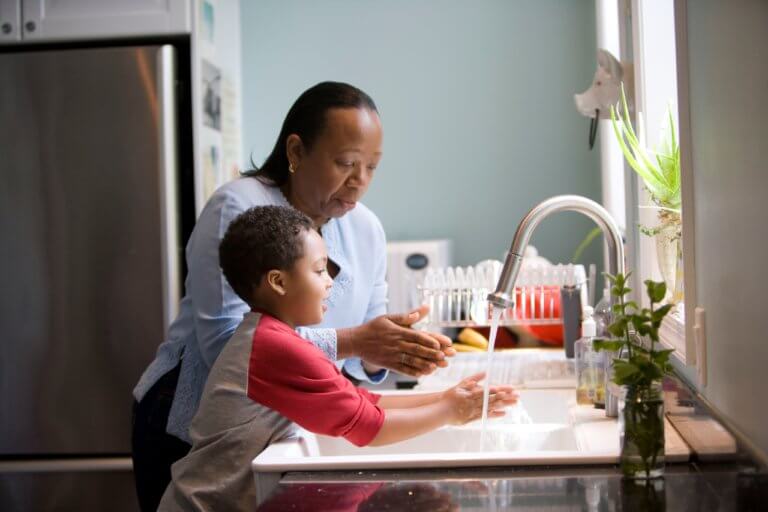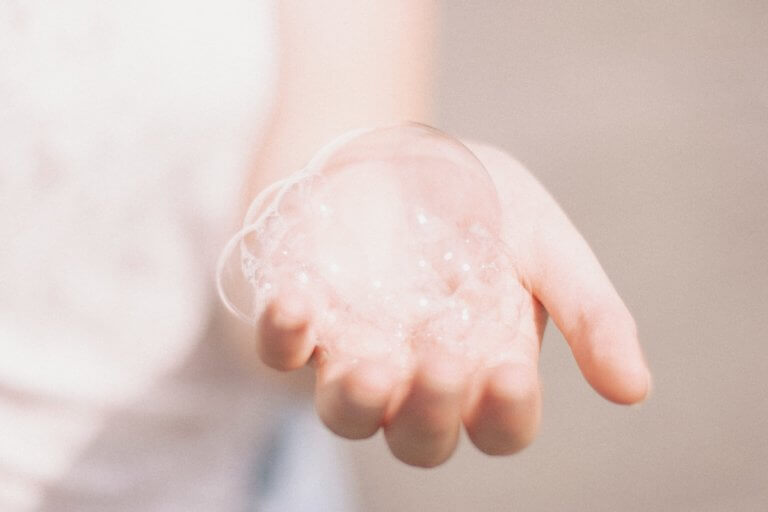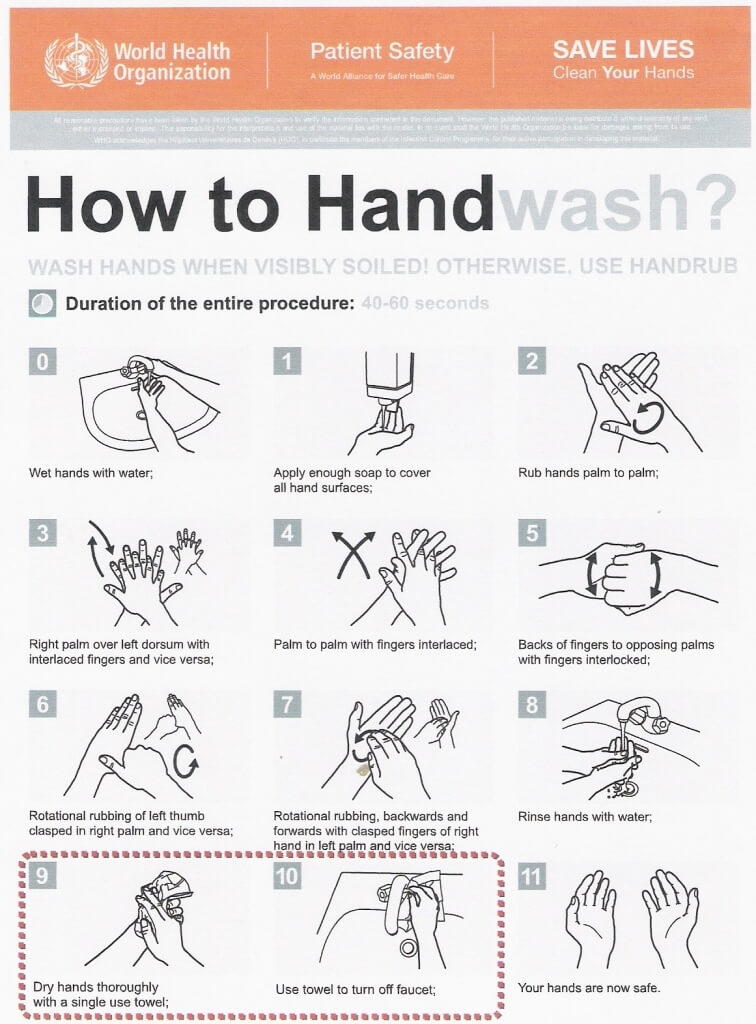The spread of COVID-19 is all we hear about on the news. We’ve all seen the notices, the memes, the songs…all to remind us to wash our hands. It is true that proper handwashing with soap and water is one of the most effective ways to limit the spread of the coronavirus. But it isn’t so easy for everyone. Is hand washing a fight in your house? Does your child hate the feeling of soap or sanitizer? Or, does your child have a hard time balancing at the sink or remembering the steps? What should you do if your child won’t wash their hands? Or can’t?
First, it is important to stay calm and try not to make handwashing a negative experience. We know this is easier said than done, and we’re here to help. Keep reading for some common handwashing roadblocks and some tips for handling them.
1. Sensory Sensitivity
This may be contributing to the difficulty if:
- Your child dislikes the feeling of soap or sanitizer
- Your child complains of the scent of soap or sanitizer
- Your child doesn’t like fingerpainting or other sensory play
- The sound of toilet flushers or hand dryers scares your child
How to help:
- Provide a few options of soaps: bar, foam, gel (unscented if possible). Make a game out of trying different soaps to see which is tolerated best. If one is found, pack it to use in public
- Sometimes placing a bar of soap in a fabric or mesh pouch helps, as then the child is then only touching the suds instead of the soap itself
- Do not use electric hand dryers. Instead, use firm, deep pressure while drying hands with a towel or paper towels
- Create a sensory-friendly handwashing environment: use the kitchen sink instead of bathroom (bathrooms tend to echo more than kitchens), dimmed lighting, calming music.
- If your child dislikes the feeling of running water from the faucet, consider using two clean bowls of warm water: one large and one small. Make sure the bowls are disinfected prior to use. Use the first one to wet hands and suds up soap. Then, after 20 seconds of scrubbing, slowly pour water from the second, clean bowl over their hands to rinse (use the first bowl to catch the rinse water). This may provide a gentler sensory experience for your child. Empty and disinfect both bowls after each use. **NOTE: Do NOT rinse your child’s hands in the bowl that they used to initially wet their hands, as this may cause re-contamination.

2. Sequencing
This may be contributing to the difficulty if:
- Your child puts soap on their hands before they are wet
- Your child forgets to rinse their hands off
- Your child only partially washes their hands, even when they are taking their time
- Your child has difficulty with other multi-step tasks, like putting on a jacket.
How to help:
- Create a step-by-step visual guide to post by the sink, including all of the steps of handwashing
- Teach your child the steps in order, slowly, using forward chaining. This technique slowly adds steps as the child masters earlier steps. For example, first turn on the water. Once the child is comfortable with this, add a second step (get soap). Assist them with completing the rest of the task while they are working on learning the first few steps. Keep your instructions consistent, slowly increase the child’s responsibility, and ensure the proper handwashing technique (shown at the end of this post).

3. Balance or coordination
This may be contributing to the difficulty if:
- Your child cannot reach the sink
- Your child has difficulty stepping up onto a stool to reach
- Your child loses their balance when reaching for the soap, faucet, or towel
How to help:
- Consider a safe chair or seat near the sink that the child may sit in while scrubbing
- Utilize a stool with a wide base of support
- If stools or seats are not available, consider the alternative hand washing method described under point 1.
Tips for all of us
By now, you’ve probably heard the 20-second recommendation. Sing a fun song, put a timer on your phone, make it a game. Hand washing is simply not effective if it is not done long enough.
Similarly, be sure to cover ALL of the surfaces of your hands! This goes for using sanitizer as well. Too many of us focus on the palms and miss under our nails, between our fingers, or our fingertips. If using sanitizer, it is still important to make sure all of these surfaces are covered.

For extra help:
Please remember the tips here are general and are not medical advice. If you have concerns, seek help from your pediatrician or occupational therapist (if you don’t yet have one, contact us for a free consultation). Occupational therapists are skilled in assessing the underlying reasons for difficulties with daily tasks such as handwashing. Your OT can help you figure out what the source of the difficulty is and implement an intervention plan to help your child’s washing (or alternative method) become as effective as possible. We know these are scary times, but we are here to help.
Resources:
Make your own poster with your favorite song lyrics: www.washyourlyrics.com
CDC Guidelines: https://www.cdc.gov/handwashing/show-me-the-science-handwashing.html
Mayo Clinic Hand Washing Do’s and Don’t’s: https://www.mayoclinic.org/healthy-lifestyle/adult-health/in-depth/hand-washing/art-20046253
